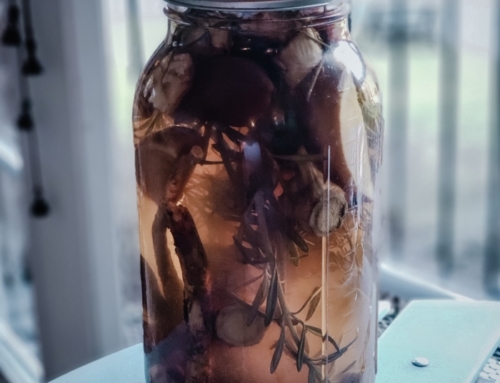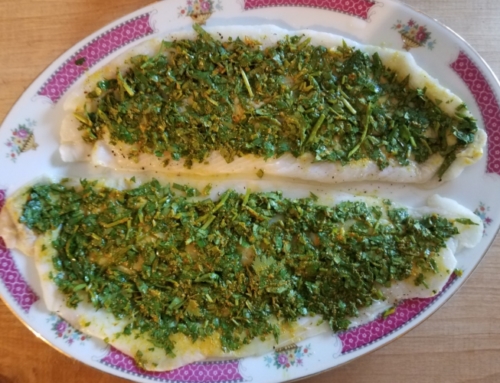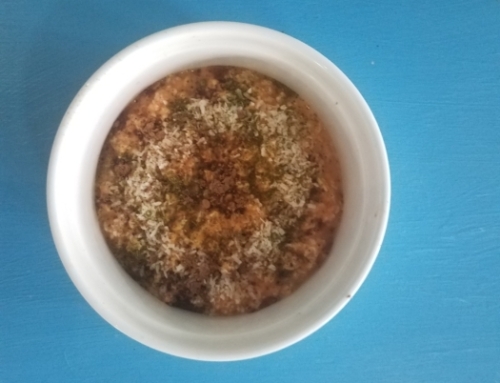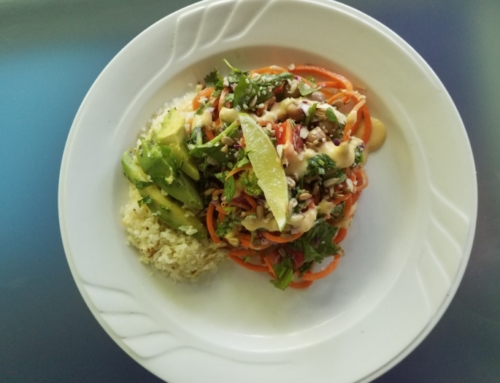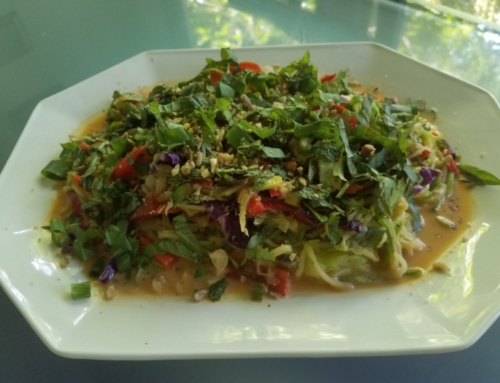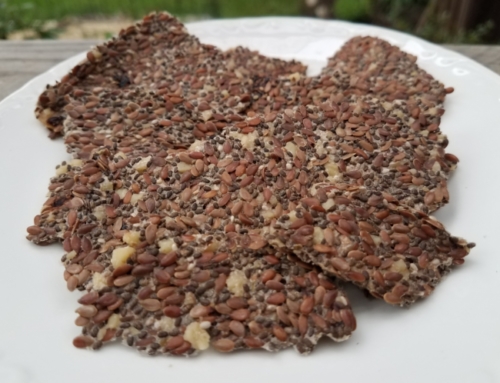The master frittata recipe below is from the welcome spring dinner earlier this week. And yes I’m spoiled because I get to go collect the eggs fresh from my girls. My favorite time for frittatas is usually the weekend. I love a leisurely late breakfast that’s almost lunch on Sundays; brunch. The slower start sets the pace of the day; the one day where I like to slow things down. That may not be your style but the good news is you can make this ahead while you are doing other things in the kitchen and then just warm it up for a delicious, fast, easy breakfast, lunch or dinner on the go any day! So no matter what your needs you can enjoy a fresh seasonal frittata.
Whenever I share this master recipe that you can customize with my clients the first question that comes up is why do I cook it at such a low temperature. And yes, there is a very good reason for that.
How To Properly Cook An Egg
There is much debate these days over whether eggs are healthy or not. Eat just the whites or just the yolks? It can all be rather confusing. Eggs are actually one of nature’s almost complete perfect foods. Cooking an egg requires denaturing its proteins – that is, changing the eggs molecular structure.The trick is to cook them slowly on a lower temperature so as to preserve the benefits. When cooked on low temperature, slowly, they preserve the healthy cholesterol. When cooked at higher-temp they can produce toxins that adhere to body tissues and cause inflammation.
For this reason you will see that I cook this frittata for a longer period of time at 180-200 degrees Fahrenheit; depending on the oven I use. In my toaster oven because it’s so small and really retains its heat well, I set it for 180 and in my big oven 200. I like to use whatever vegetables I have on hand depending on the season. The trick is to lightly cook the vegetables before adding them to the frittata. Here is the version I just made for spring onion using garlic scapes from the garden and spring onion with a bit of goat chevre and fresh lemon thyme from the garden that miraculously survived the winter.
Spring Onion, Garlic Scrapes and Goat Chevre Frittata
(Serves 2 – can double recipe to feed 4)
4 eggs (pasture raised)
2 spring onions, chopped
2-4 garlic scapes, chopped
¼ cup goat chevre (optional)
½ tablespoon fresh lemon thyme or regular thyme or ½ teaspoon dried
Salt and pepper to taste
2 tablespoons grass fed butter or olive oil (okay to use due to low heat) for pan
Whisk eggs in a medium bowl with thyme, salt and pepper. Set aside.
On low heat in a medium pan melt 1 tablespoon of butter or add 1 tablespoon olive oil and saute onion and garlic scapes until the onion just starts to turn translucent. Turn heat off.
Transfer onion and scapes to an oven safe pie dish or small iron frying pan. Add the other tablespoon of butter or olive oil and let it sit in middle of dish. Slowly pour the eggs evenly over this mixture and place in oven. Add little dollops of goat chevre if using spaced evenly on top.
Bake for 30-40 minutes, depending on your oven. It’s done when the top is “set” and not liquid anymore when you lightly press down on it. Remove from oven and let stand for 5-10 minutes. Cut and serve immediately with your favorite salad topped with microgreens or sprouts and sauerkraut on the side. Or let cool completely and put it in container and store in the fridge for grab n go options. This will keep for up to 3 days in the fridge.
Enjoy!
Live Vibrantly!
ps. Curious to know more about how to get the most nutrients from your food and make the best choices? Then I invite you to check out my book, “Live Vibrantly! 10 Steps to Maintain Youthfulness, Increase Energy and Restore Your Health”. Go here for more information and how to get your free bonuses.



